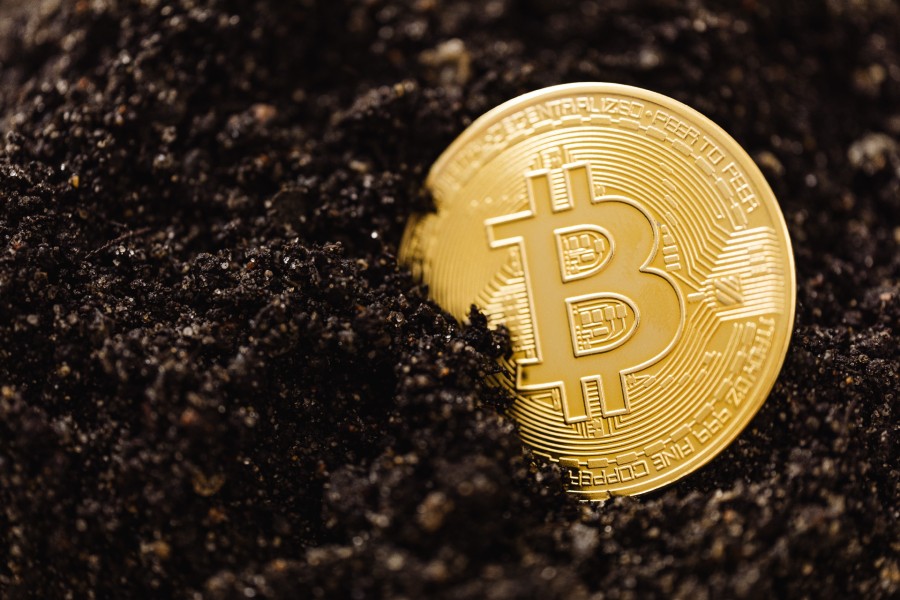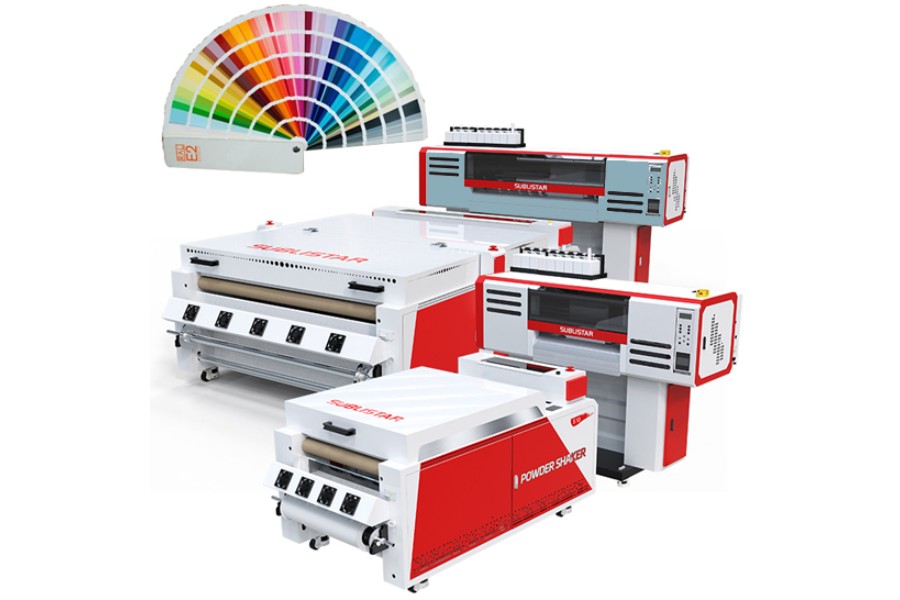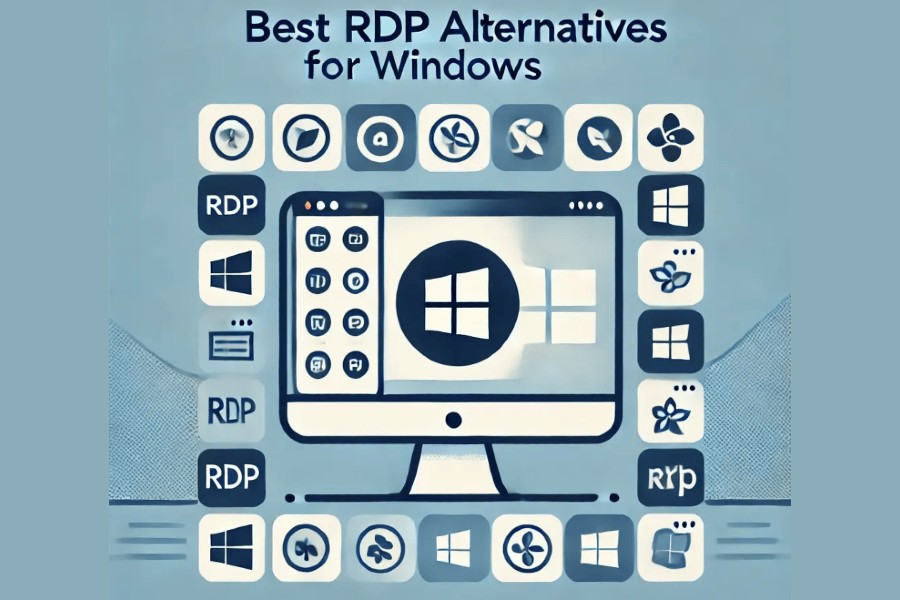
The first cryptocurrency emerged over 14 years ago. Bitcoin was developed by an unidentified programmer, featuring the alias, Satoshi Nakamoto.
The blockchain’s initial block (Genesis) was discovered in January 2009. The coin had no value at the time. However, this has changed and Bitcoin quickly became the king of cryptocurrencies.
In this article, we want to revisit what the cryptocurrency industry was like in its early stages. More specifically, we want to talk about how BTC was mined all the way back in 2009. We will explore the value of Bitcoin in 2009 and challenges that first miners faced. We will also look at how mining changed over the years. Read on for more!
Emergence of Bitcoin
The idea of decentralization is not new. The history of the decentralized network begins In the early half of the 1990s. The blockchain concept was developed by cryptographers Stuart Haber and Scott Stornett. The goal was to design a system in which document timestamps could not be altered.
The project was updated in 1992 with the aid of a Merkle tree. This hashing algorithm determines the integrity of files and validates data in blocks. Data for digital signatures is encrypted by the binary function.
A developer using the alias Satoshi Nakamoto described the actual implementation of blockchain theory in 2008. He published the technical specifications of the peer-to-peer electronic payment system known as the Bitcoin distributed registry at the start of 2009.
The ideas of decentralization and anonymous transactions are described in the document. The Bitcoin genesis block was created concurrently. Nine months after the coin’s inception, the initial price was established at 1309 BTC per dollar.
What Was Mining Like in 2009?
Satoshi Nakamoto, the person who invented the blockchain, mined the first block of Bitcoin. It was proven that the developer discovered 750 BTC during mining. Early adopters of blockchain technology started to emerge in 2009.
Until 2009, Bitcoin was mined on centralized computers. Users’ computers were expected to guarantee the decentralization of the coin, according to Satoshi Nakamoto’s theory. On January 12, 2009, the developer mined and sent 10 BTC to Hal Finney in the network’s first transaction.
Bitcoin mining did not call for specialized hardware in 2009. The assignment was usually completed with a standard PC. The processing speed determined the production volume. Taking the top Intel Core i7 as an example, it produced around 33 MH/s.
Value of Bitcoin in 2009
Technically, one bitcoin was worth $0. Back then, the demand for cryptocurrency was nowhere at the levels we have today. The New Library Standard website showed a Bitcoin exchange rate of $0.003 in October 2009. At that time, 1303 BTC was worth 1 USD.
Buying and Selling Bitcoin
Cryptocurrency exchanges were not yet a thing in 2009. Therefore, there was no place on the internet that traded crypto. A small group of people who were interested in blockchain technology could buy BTC on forums.
The bitcoin.org domain first surfaced in 2008. This website was known for providing advertisements for buying cryptocurrencies. However, it was much simpler to mine Bitcoin yourself, rather than trying to buy it with actual currency.
Difficulty of Mining in 2009
At first, cryptocurrency was only familiar to IT professionals. Technology was almost always mentioned in relation to blockchain. However, they have failed to notice a potential financial element. Back then, the blockchain was not very demanding in terms of processing power, because of its lack of popularity. Even a PC with the lowest processing power could mine BTC.
Overall, the popularity and difficulty of Bitcoin is growing exponentially, which is why many beginner investors seek help with cryptocurrency. In a world, in which cryptocurrency protocols, policies, and regulations are always changing, it’s crucial to find the right resources to dabble into the crypto market. And when it comes to mining, this involves understanding the risks, newly proposed taxes, and speculations around your country’s mining laws and whether they’ll change in the future.
Future of Mining
Bitcoin mining was previously a pastime for computer experts. It gradually began to turn a profit, as mining was almost entirely free of cost. The crypto miner’s only piece of equipment was a modest computer. In less than a decade, the situation has shifted.
The code for mining currencies was made available to the general public in October 2010. As the audience grew, so did the intricacy of the blockchain, necessitating the use of more sophisticated technology. Only powerful video cards were capable of handling the algorithm’s tasks.
Mining on a single GPU required little technical knowledge and equipment. Almost any user with $500-1000 in capital might begin mining. However, once the Bitcoin price began to rise, the tendency swiftly reversed.
Mining was ramped up once FPGAs—programmable gate arrays—were modified. To conduct the same number of calculations, the new sort of hardware consumed three times less energy than a graphics processor.
Gate arrays were quickly replaced by application-specific integrated circuits (ASICs), and mining progressed from a hobby to an industry. Unlike FPGAs, which must be configured, ASICs are designed specifically for cryptocurrency mining. This method will still be used to our day.
This content is part of the HWM Partnership.
- Broadway’s Rising Stars Converge: A Day Of Inspiration At Broadway Express y Más
- Adams, Hochul And More Toast $5 Billion Housing Plan: Building Dreams Together!
- Alicia Graf Mack, Dancer, Educator, And Leader Appointed Artistic Director Of Ailey
- Update: More Illnesses Have Been linked To The McDonald’s E. Coli Outbreak
- Bronx: NYWF’s 30th Annual Dinner Honors Community Leadership And Purpose
Become a Harlem Insider!
By submitting this form, you are consenting to receive marketing emails from: . You can revoke your consent to receive emails at any time by using the SafeUnsubscribe® link, found at the bottom of every email. Emails are serviced by Constant Contact









